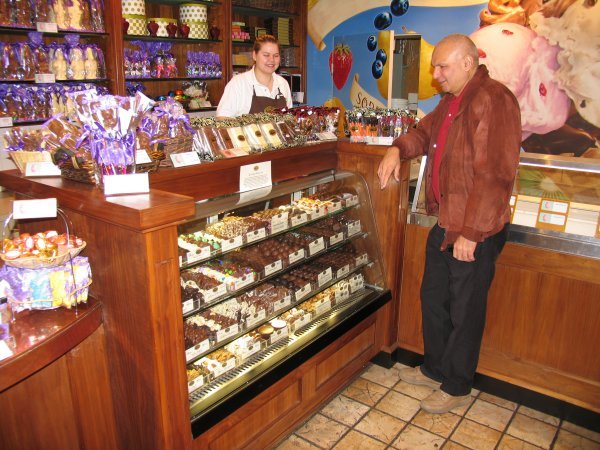In a few days it is going to be Valentine’s Day. Millions of people around the world celebrate Valentine’s Day by showing appreciation for the people they love and admire.
Some people celebrate the day by taking their loved ones for a romantic dinner. Others may choose this day to propose or get married. Many people give greeting cards, chocolates, jewellery or flowers, particularly roses, to their partners or admirers on Valentine’s Day.
There are many reasons why people get married. Marriage is a traditional institution that is celebrated all over the world. Cultures, societies and religions put direct or indirect pressure on individuals to find partners, get married and have children. Many individuals find partners because they fall in love or are looking for companionship.
Falling in love and getting married can be easy. But staying married is hard. Staying happily married is even harder. Many young people have romantic ideas about marriage but they do not understand the realities of married life.
If you are in love and are planning to get married on Valentine’s Day or any day of the year (what the heck – I married on April Fool’s Day) then you should read an interesting article in Scientific American Mind (January 2010 Issue) titled Fall in Love and Stay That Way.
According to the article, about half of first marriages fail in the U.S., as do two thirds of second marriages and three quarters of third marriages. We fail in large part because we enter into relationships with poor skills for maintaining them and highly unrealistic expectations. We also tend to pick unsuitable partners, mistakenly believing that we are in love simply because we feel physical attraction.
This combination of factors sets us up for failure. Often within 18 months the fog of passion disappears. And we ask ourselves: How can I make the marriage a success? The chances of that happening is limited if you start out with the wrong person and both of you lack basic tools for resolving conflicts and communicating.
The author of the article, Dr. Robert Epstein, holds a Ph.D. in psychology from Harvard University and believes that there is a definite fix for our poor performance in romantic relationships. He says there are at least 80 scientific studies to help reveal how people learn to love each other.
Studies have shown that Soul Gazing exercise produced rapid increases in feelings of both liking and loving in total strangers. Exercise involves mutual eye gazing (but not gazing at hands). It is like staring, but with an important difference – it is mutual and is not perceived as a threat. Staring at each other with mutual consent implies that you are being vulnerable to each other, and that is the key element in emotional bonding, says Dr. Epstein.
This is like Stockholm syndrome where hostages sometimes develop strong attachments to their captors. Signs of vulnerability in an animal or another person bring out tendencies in many people to provide care and protection – to be drawn to that being and to like or even love him or her.
Dr. Epstein says, “A study of arranged marriages in which love has grown over time hints that commitment, communication, accommodation and vulnerability are key components of a successful relationship. Other research indicates that sharing adventures, secrets, personal space and jokes can also build intimacy and love with your partner.” Staying married cannot be taken for granted.
So, what is it going to be on Valentine’s Day? In my case, it is going to be mutual eye gazing (may be for 60 seconds to start with), red roses for her and chocolates for me – those dark yummy chocolates for my Valentine heart. What about you?
Have a wonderful Valentine’s Day.
Start reading the preview of my book A Doctor's Journey for free on Amazon. Available on Kindle for $2.99!
